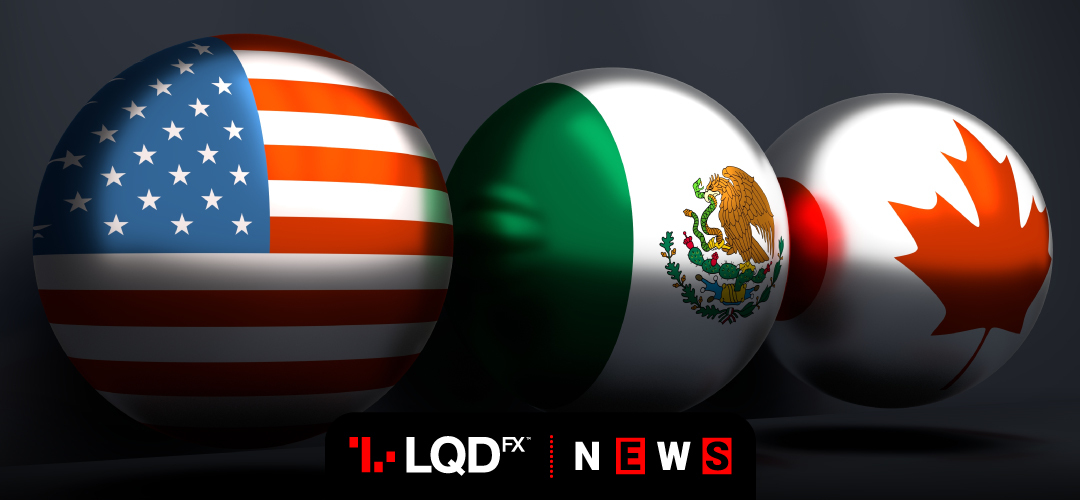The USMCA trade pact between the United States, Canada and Mexico, replacing NAFTA, takes effect on Wednesday under record recession in years.
The USMCA replaced the 26-year-old North American Free Trade Agreement to address several issues not being dealt earlier. Negotiating a “new NAFTA” was a big campaign promise for President Donald Trump. The new deal was signed by President Trump and his Mexican and Canadian counterparts in 2018.
The Trump administration which characterized NAFTA as the “worst trade deal ever made” already threatens Canada with new aluminum tariffs. U.S. national security tariffs on imported steel and aluminum were a major irritant during USMCA negotiations.
Another source of disputes could be the energy sector.
The U.S.-Mexico-Canada Agreement includes tighter North American content rules for autos. Also, the deal provides new protections for intellectual property and prohibitions against currency manipulation. Further the Agreement incorporates new rules on digital commerce that did not exist when NAFTA launched in 1994. The deal also includes new rules to resolve trade disputes.
As the deal kicks in the coronavirus has all three countries mired in a deep recession. The United States had its biggest spike in new COVID-19 cases on Tuesday since the start of the pandemic. Experts warned that new Covid-19 cases in the US could soar to 100,000 a day.
In Europe, improving euro zone data added to hopes of a quicker economic rebound. Moreover, the final reading of euro zone PMI showed the downturn in the bloc last month was better than initially thought. The index moved closer to the 50-mark separating growth from contraction in June.
Germany’s manufacturing sector also contracted at a slower pace as Europe’s largest economy lifted restrictions.
START TRADINGForex – USMCA takes effect amid deep recession
Improved European economic data boosted risk appetite on Wednesday. Markets balanced hopes for a global economic recovery with surging COVID-19 infections in the United States.
The US dollar was at 97.442 against a basket of currencies. Although the dollar has acted as a haven currency for much of the coronavirus crisis, U.S. fundamentals have played a bigger role recently.
The Japanese yen rose around 0.4% versus the dollar, to 107.635, its first session of significant gains in more than a week.
The riskier New Zealand dollar fell in overnight trading before recovering in early London trading, and was up 0.2% on the day at 0.2%.
The euro fell 0.2% versus the dollar to $1.12105. Currency markets moved sideways after a rally in which the euro gained 6% against the dollar in May and early June.
Sterling hovered around $1.24 on Wednesday after manufacturing survey data pointed to a small increase in output. The pound was unchanged at $1.2405, while against the euro it was flat on the day at 90.61 pence.
The quiet trading came after a big rise in sterling on Tuesday.
Euro-sterling edged down from the three-month highs hit on Tuesday after positive European economic data. At 90.19 pence per euro, the pound was up around 0.1%.
In commodity markets, gold prices rose to their highest in 8 years at $1,788.96 an ounce, before easing back slightly.
Brent crude rose 2.0% to $42.10 a barrel, while U.S. crude was up 2.1% at $40.10 a barrel. Positive manufacturing data helped oil prices.
PLEASE NOTE The information above is not investment advice.
Sources: Reuters, Investing, CNN money
